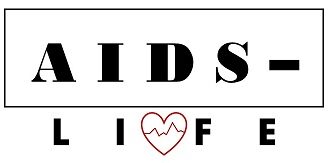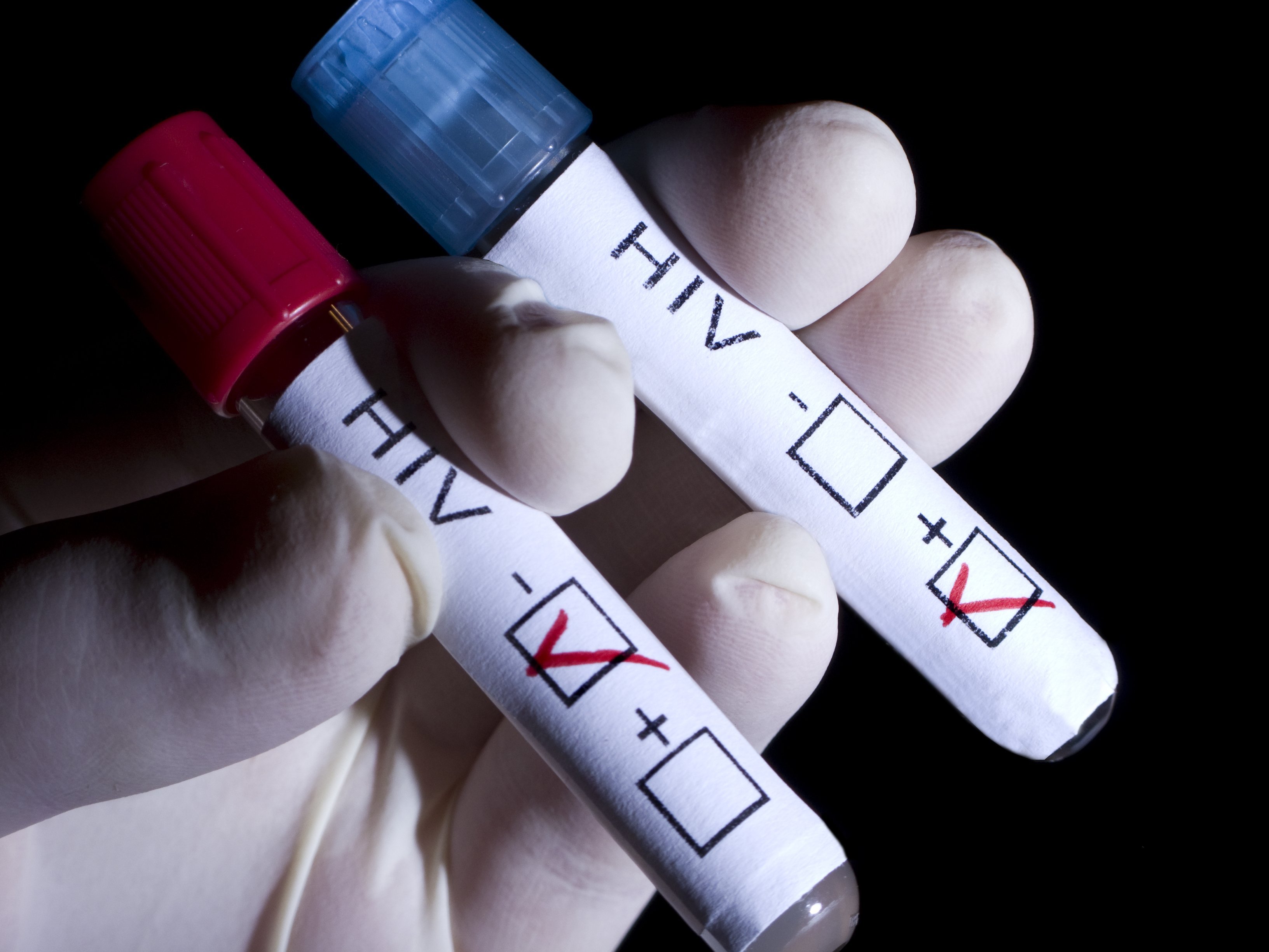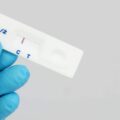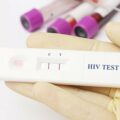Rapid tests for HIV 1 and 2: reliability and results of testing at home
A home rapid HIV test kit gives people the opportunity to find out their HIV status at a time that suits them while maintaining confidentiality. Read more about the use, reliability and types of rapid tests for HIV in our article.
Types of rapid tests for HIV
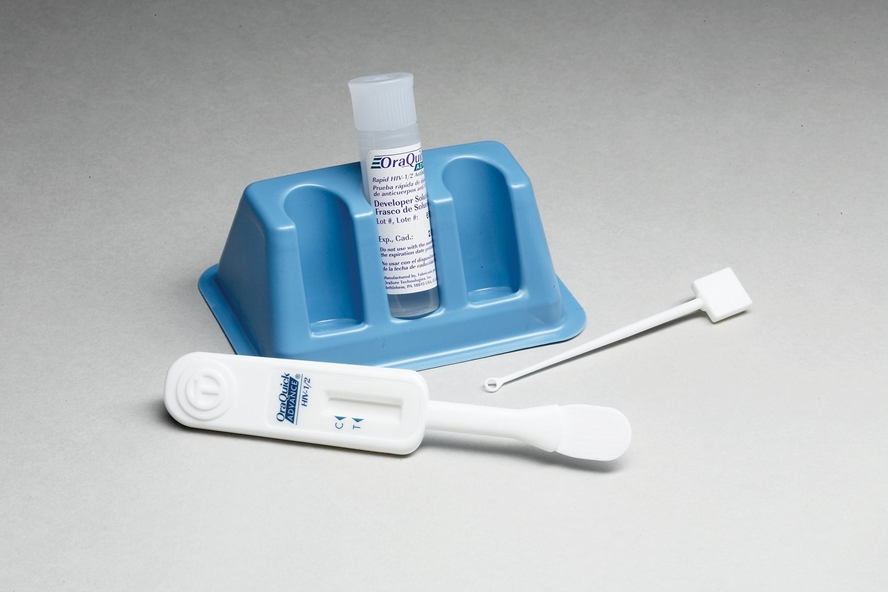
Just a few years ago, the only way to get tested for HIV was to visit a medical facility and donate blood for an appropriate test. Now, people have the opportunity to take a rapid HIV test at home.
Today, there are 3 types of home rapid tests that determine HIV by:
- saliva sample;
- blood sample;
- urine sample.
Of all the types of rapid HIV tests presented above, the most popular is the saliva sample test . Most likely, this is due to the fact that this rapid test for HIV is the easiest and safest to use and does not involve puncture of the skin. To determine your HIV status, you need to collect a saliva sample from the upper and lower gum line and place the collected material in a special solution. After 20-40 minutes, the rapid test will show the final result.
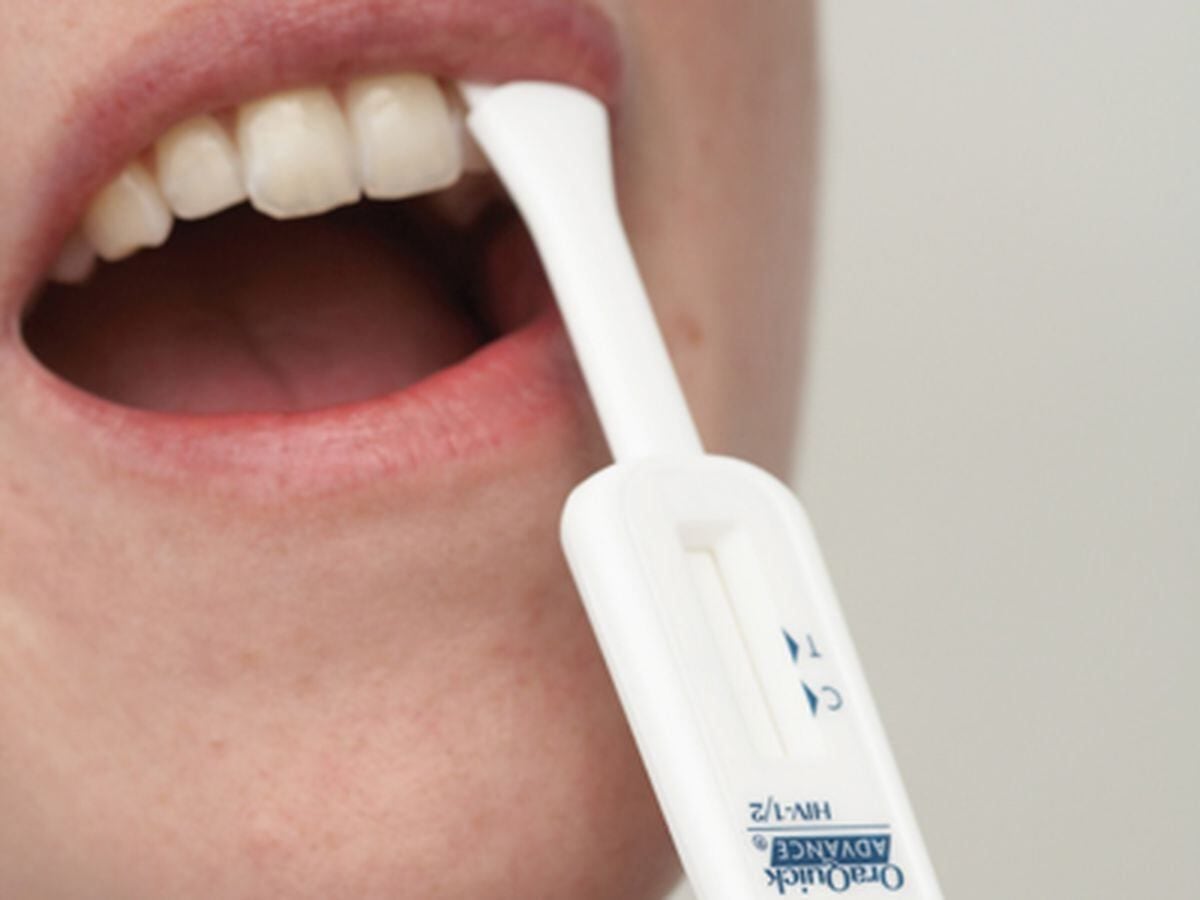
The rapid test can detect the presence of HIV types 1 and 2 in the human body. However, despite the high accuracy of modern rapid tests (approximately 97%), a positive result cannot be considered final. If home testing reveals the presence of HIV in the body, it is necessary to undergo additional tests at a specialized institution.
A home test, including a rapid blood test for HIV , is also quite popular in Russia, since it is the most accurate and reliable. However, this type of HIV testing requires a skin puncture and is therefore considered more dangerous than a saliva test. To determine your HIV status, using this rapid test you need to take blood from your finger and put the biological material into the device. This procedure must be performed quite quickly, since the human immunodeficiency virus in blood taken from a finger can live for no more than two to three minutes.
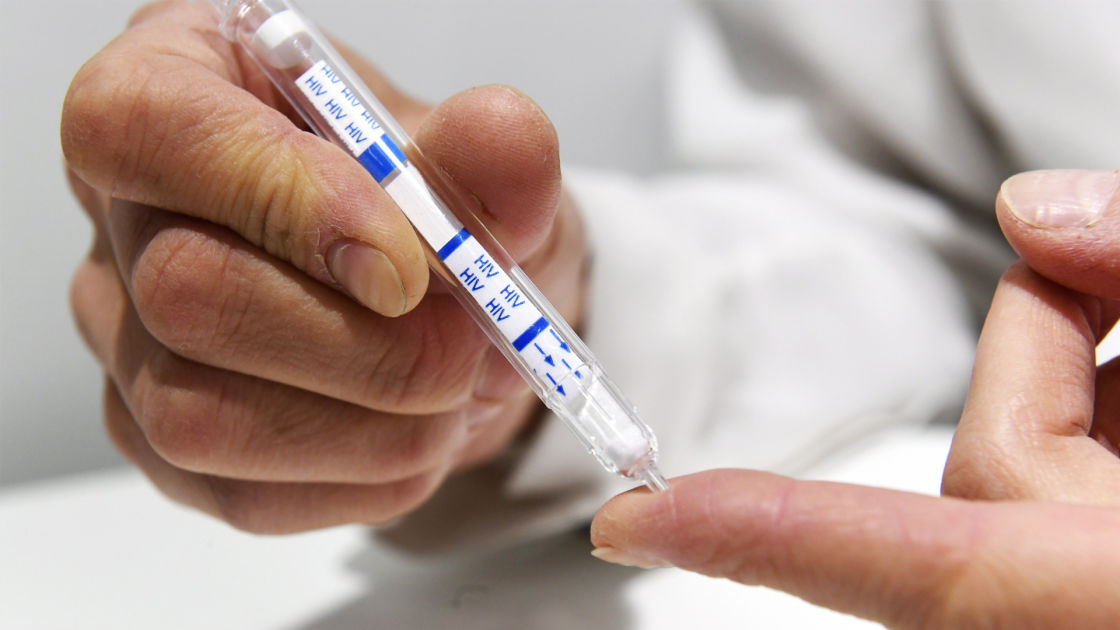
A home kit for rapid testing for HIV using a urine sample is the least popular in Russia. This test is significantly inferior to the above in terms of reliability of results, and is used rather as an additional way to determine HIV at home. To carry out the test, you need to dip the strip into a jar of urine and wait for the result within 10-20 minutes.
Advantages and disadvantages of rapid HIV tests
HIV is much easier to control and treat if it is detected early . Home HIV tests provide results almost immediately—within minutes, without the need to wait for a doctor's appointment.
Early identification is essential for successful long-term treatment and living a fulfilling life with HIV. Home tests allow people to find out if they have the virus earlier than any other testing method. In turn, early treatment can suppress the virus to undetectable levels , making HIV untransmittable.

Thus, home rapid HIV tests have the following advantages:
- availability;
- ease of use;
- anonymity;
- confidentiality.
The main disadvantage of a rapid HIV test is that it is not able to detect the virus at the earliest stage of infection. In this case, a rapid HIV test may show a negative result, which will be a false negative. In this regard, all results of rapid diagnosis of HIV infection at home must be confirmed in the laboratory by taking additional tests for HIV.
HIV rapid test performance
After performing an HIV test at home, rapid tests can show 3 results:
- Negative. In this case, the test will show only 1 strip with indicator C;
- Positive. In this case, the express test will show 2 stripes on the C and T indicators;
- Error (the test did not show any of the stripes).
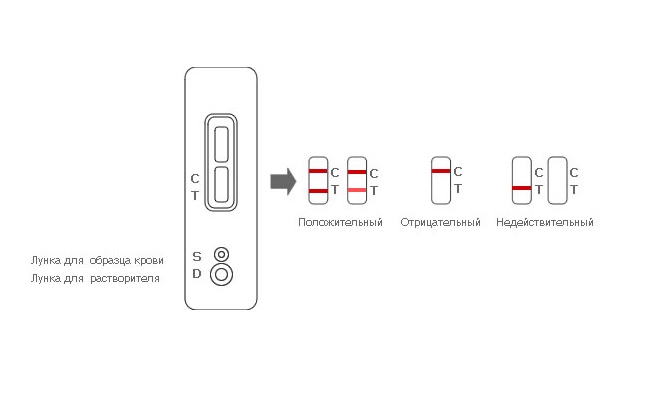
It is also worth saying that there is a possibility of false-positive or false-negative results from rapid HIV testing. However, if a false positive result is quite rare, then a false negative result may be due to the HIV seroconversion period , which lasts on average 25 days, but in some people can be 3–6 months after infection. In any case, any result obtained using rapid tests for HIV requires additional testing and confirmation in laboratory conditions.
If the rapid HIV test and laboratory test result are positive, the following actions are strongly recommended:
- visit a doctor as soon as possible, even if the symptoms are barely noticeable;
- start antiretroviral therapy (ART) as early as possible;
- get tested for other sexually transmitted infections and tuberculosis ;
- Stop smoking, using drugs or drinking too much alcohol to support your immune system.

Do not despair if your HIV status turns out to be positive. Today, people with this diagnosis have every chance of living a full and happy life if they start treatment on time and follow the doctor’s recommendations.
